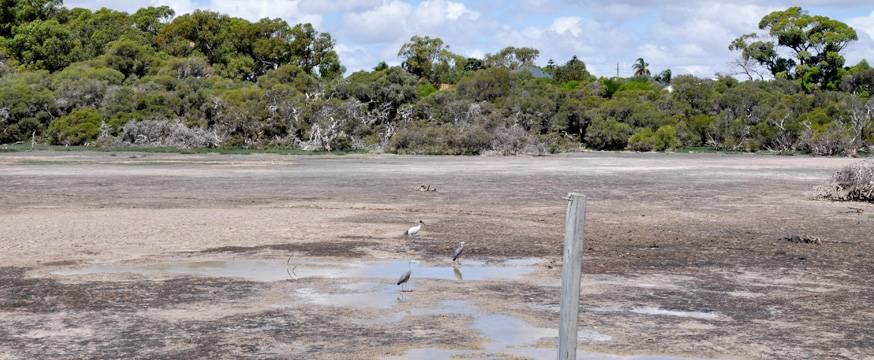
Indigenous students’ beliefs about science
Research 10 Apr 2017 4 minute readResearch shows that Australia’s Indigenous 15-year-olds are more environmentally aware and have higher levels of belief in the value of science than their non-Indigenous peers. Lisa De Bortoli reports.
The triennial Programme for International Student Assessment (PISA) not only measures the scientific, mathematical and reading literacy achievement of 15-year-olds around the world, but also gathers data that can help us understand why and how students achieve certain levels of performance.
For Australia’s Indigenous students, whose achievement on average is below that of non-Indigenous students, understanding their motivation to learn and beliefs about themselves as learners are important guides for policy and education goals in this country.
Since scientific literacy was the major assessment domain for the most recent cycle of PISA, the accompanying questionnaire likewise focused on science in terms of students’ interest, beliefs and motivation in the subject.
The PISA framework holds that the study of science at school plays an important role in informing, building and shaping students’ environmental awareness, attitudes and sense of environmental responsibility.
To measure students’ environmental awareness, students were asked to respond to seven environmental issues and indicate how informed they were about each issue.
Australia’s Indigenous students showed a significantly higher level of environmental awareness than non-Indigenous Australian students, with Indigenous students placing slightly above the OECD average and non-Indigenous students well below.
Students’ ability to make the link between what they learn in the science classroom and the environmental challenges that surround them in real life is reflected in whether they have unrealistically high or low expectations of meeting those challenges – their ‘environmental optimism’.
PISA measured student’s environmental optimism by asking whether they thought the problem associated with the seven environmental issues would improve or get worse over the next 20 years.
While Indigenous Australian students showed a significantly higher level of environmental optimism than non-Indigenous Australian students, both groups were below the OECD average.
Student questionnaire responses further reveal that Indigenous students value scientific approaches to enquiry more highly than their non-Indigenous peers.
Students were asked to indicate their level of agreement with a series of six statements about their knowledge of how value beliefs about science are constructed, such as, ‘It is good to try experiments more than once to make sure of your findings,’ and, ‘Good answers are based on evidence from many different experiments’.
Indigenous students on average demonstrated significantly more knowledge of how science beliefs are constructed than the average for both non-Indigenous students and for all OECD countries.
Yet despite valuing scientific approaches so highly, Australia’s Indigenous students show significantly lower levels of confidence in science, interest in broad science topics, enjoyment of learning science and motivation to learn science than their non-Indigenous peers – four attributes that previous analyses of PISA data have linked to higher levels of achievement.
The fact that the achievement gap between Indigenous and non-Indigenous students has changed little over six cycles of PISA indicates that we need to increase our efforts to redress the educational inequalities that exist for our Indigenous students, and provide educational environments that foster and encourage their interests and self-beliefs.
Read the full report:
PISA 2015: Reporting Australia's results, by Sue Thomson, Lisa De Bortoli and Catherine Underwood, ACER (2017).
